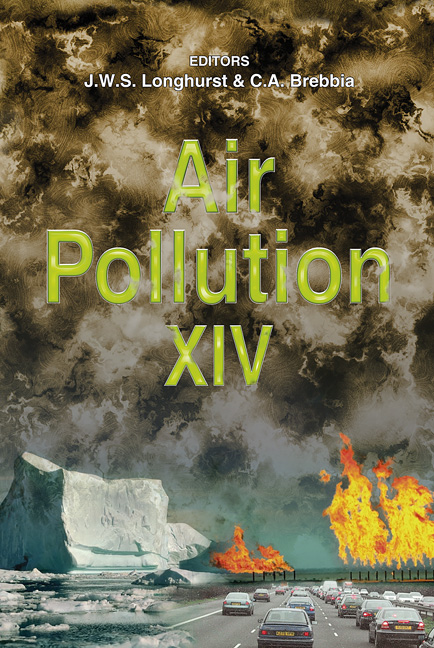Ozone Sensitivity Study—evaluation Of The Efficiency Of The Legislations For The Year 2010
Price
Free (open access)
Transaction
Volume
86
Pages
9
Published
2006
Size
1,447 kb
Paper DOI
10.2495/AIR060491
Copyright
WIT Press
Author(s)
F. Lasry, I. Coll, S. Fayet, M. Samaali, G. Causera, C. Lesponne, S. Franc¸ois & J. L. Ponche
Abstract
Nowadays, the impact of anthropogenic activities on the damage of air quality is well recognized. In order to reduce pollutant concentrations in the atmosphere, an action has already been engaged at the European scale with ratification of the G¨oteborg protocol and its relay at national and regional scales. Nevertheless the efficiency of such policies has not been subject to a precise analysis yet, in particular for secondary compounds for which formation processes are not linear. The study presented here aims to estimate by 3 dimensional modelling the efficiency of legislations for the year 2010 through simulations of a set of realistic scenarios. Results have shown that an improvement of air quality is expected thanks to the use of new technologies and adherence to these legislations. We demonstrate here that a combined action at a both continental and regional scale is complementary and necessary to efficiently reduce ozone maximal and background values on a regional domain. Nevertheless for the most extreme events, the addition of punctual and local emergency measures appears to be necessary. Keywords: emission reduction scenarios, legislations, emergency measures, statis-tical study. 1 Introduction Ozone is a secondary pollutant made from photochemical reactions involving chiefly anthropogenic precursors emitted from a variety of sources such as road transport, industrial activities, energy production, distribution of fossil fuels.While
Keywords
emission reduction scenarios, legislations, emergency measures, statis-tical study.





